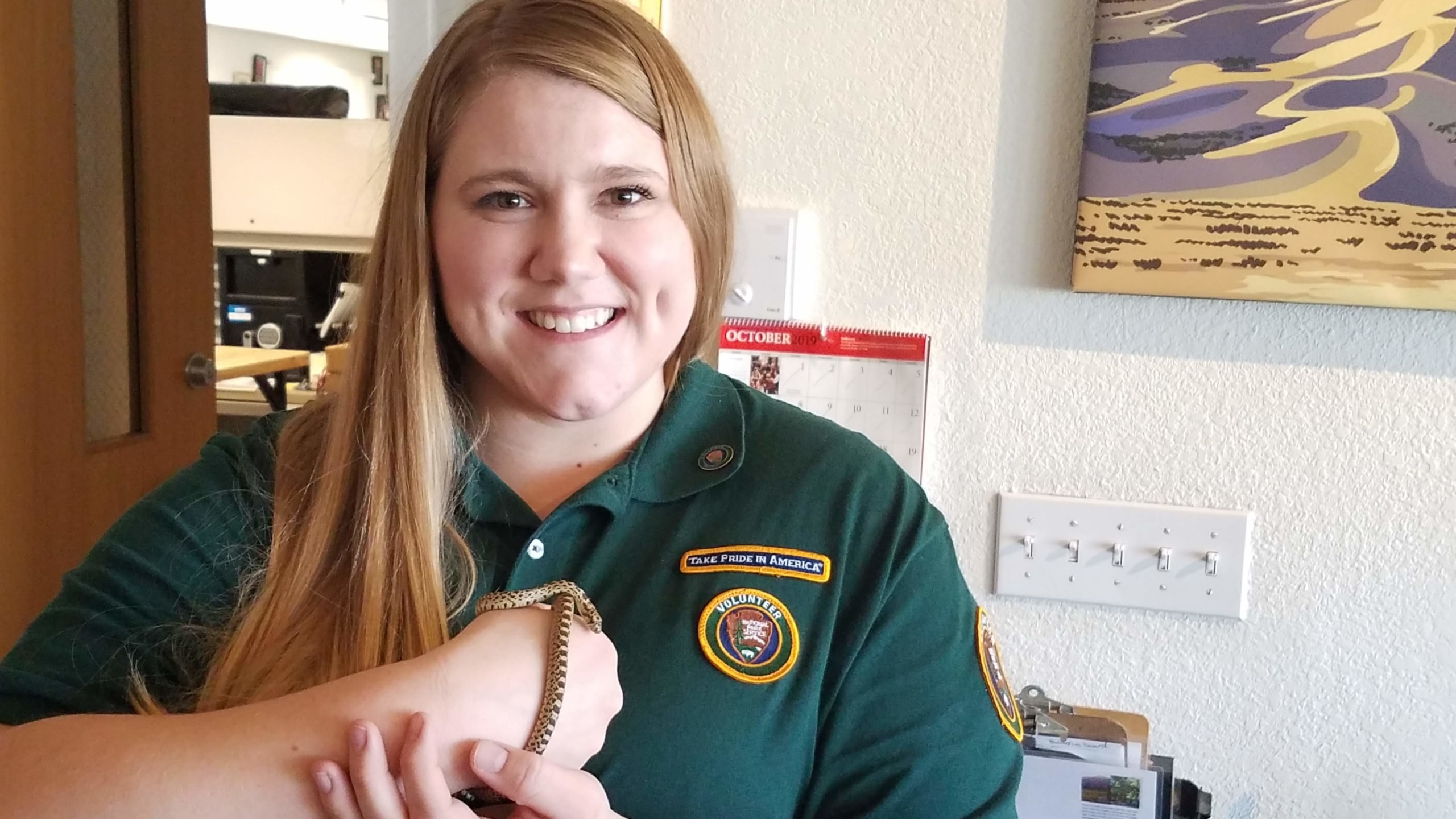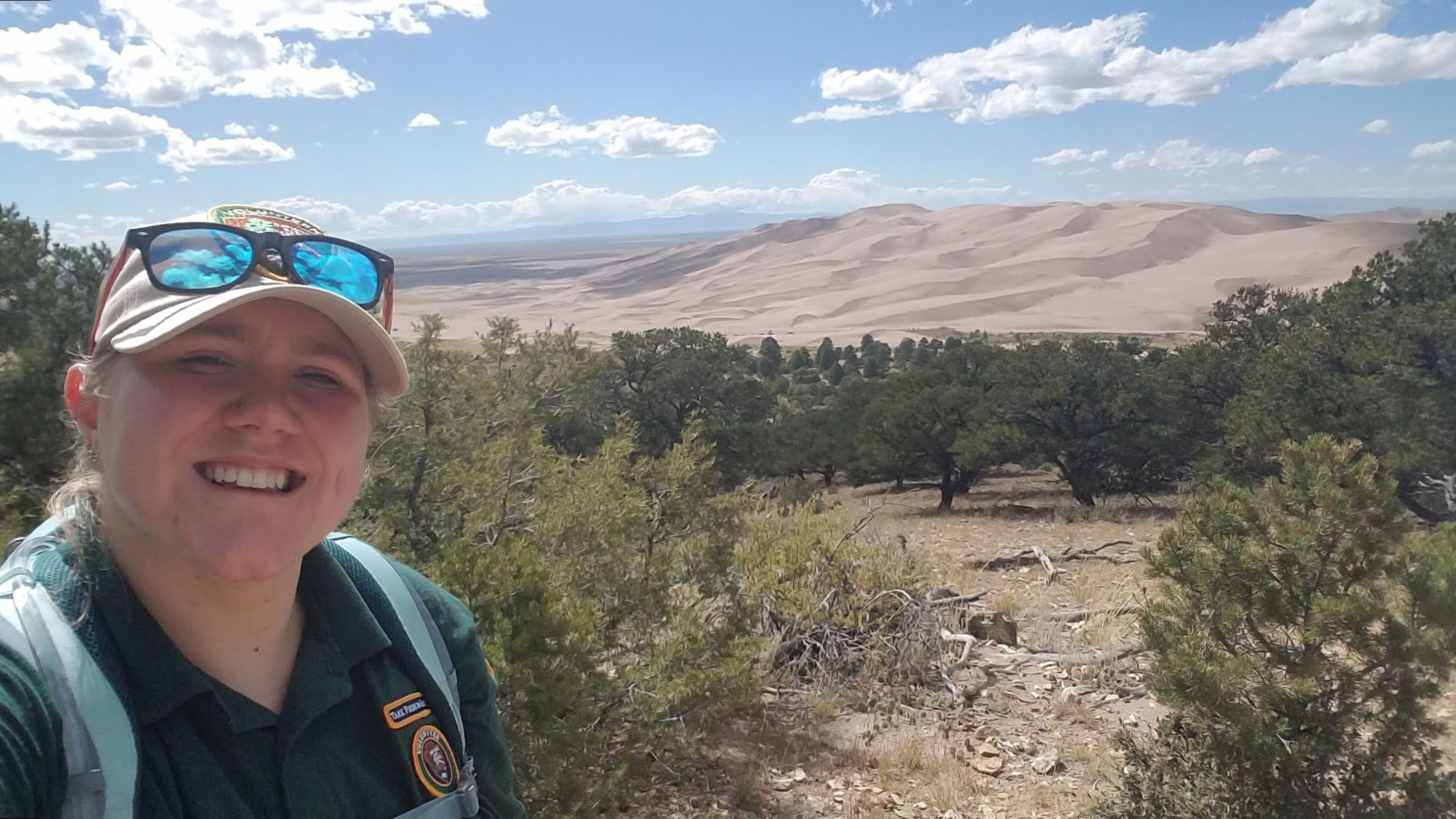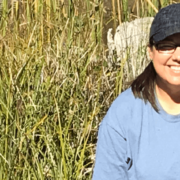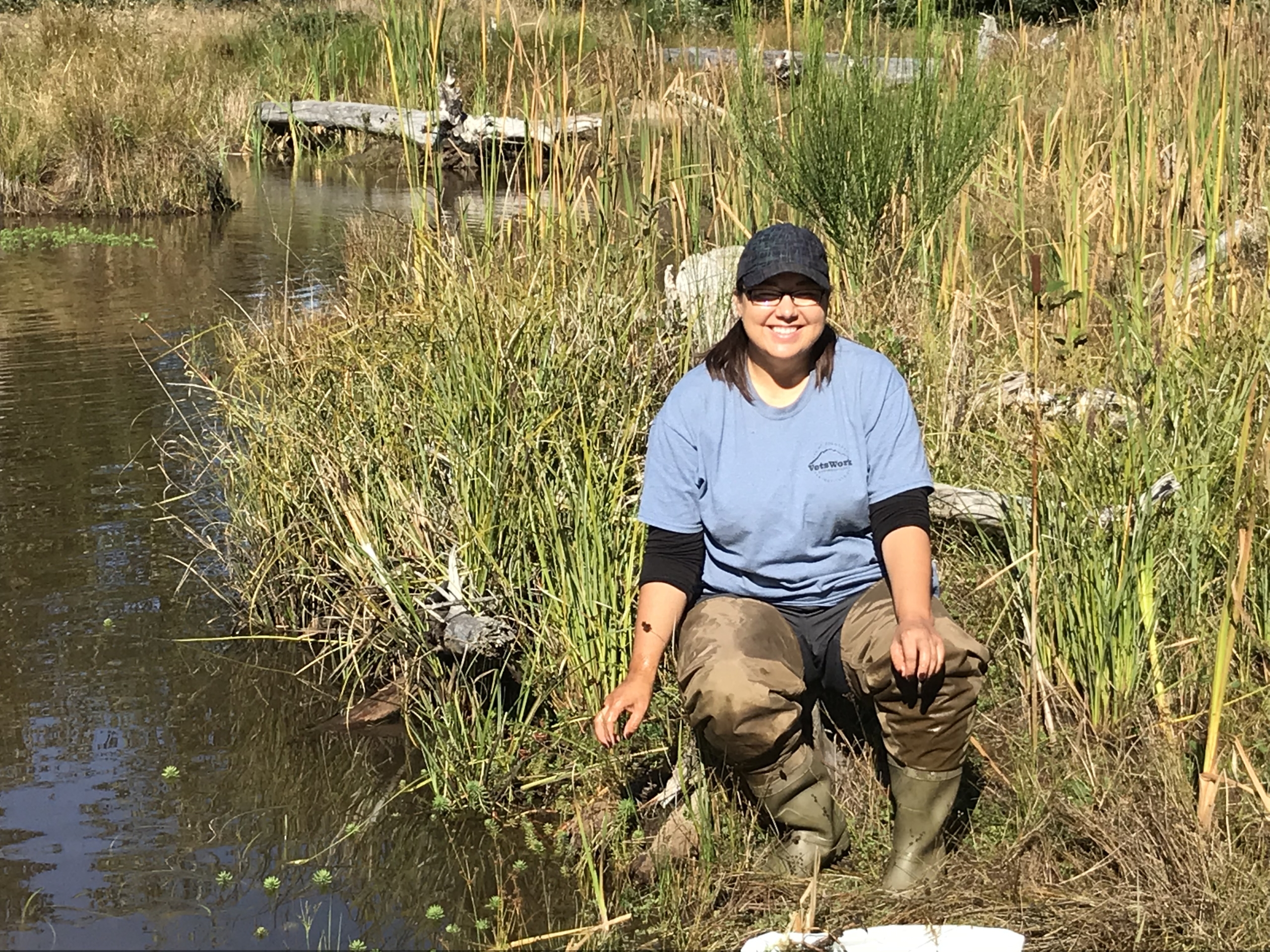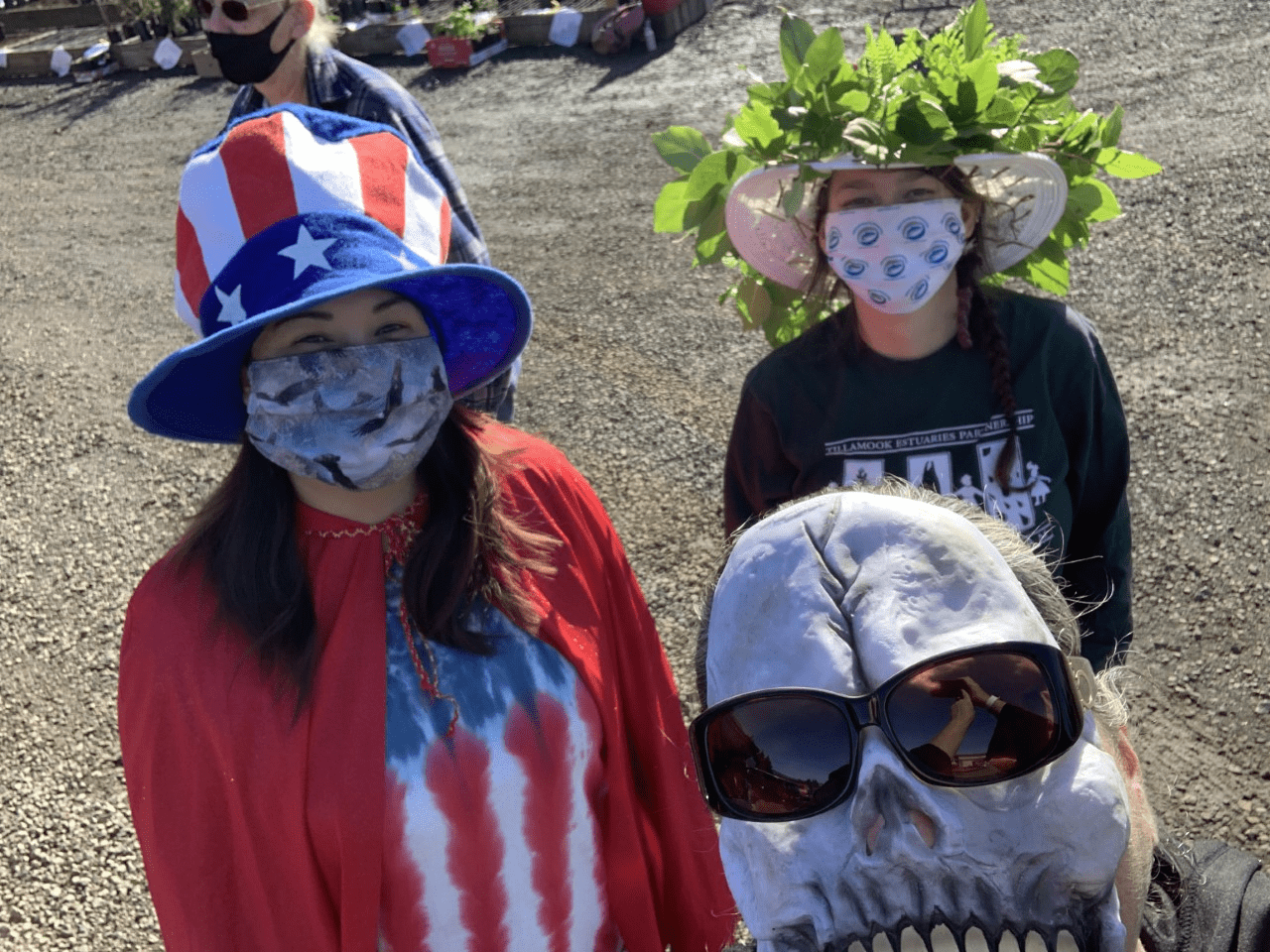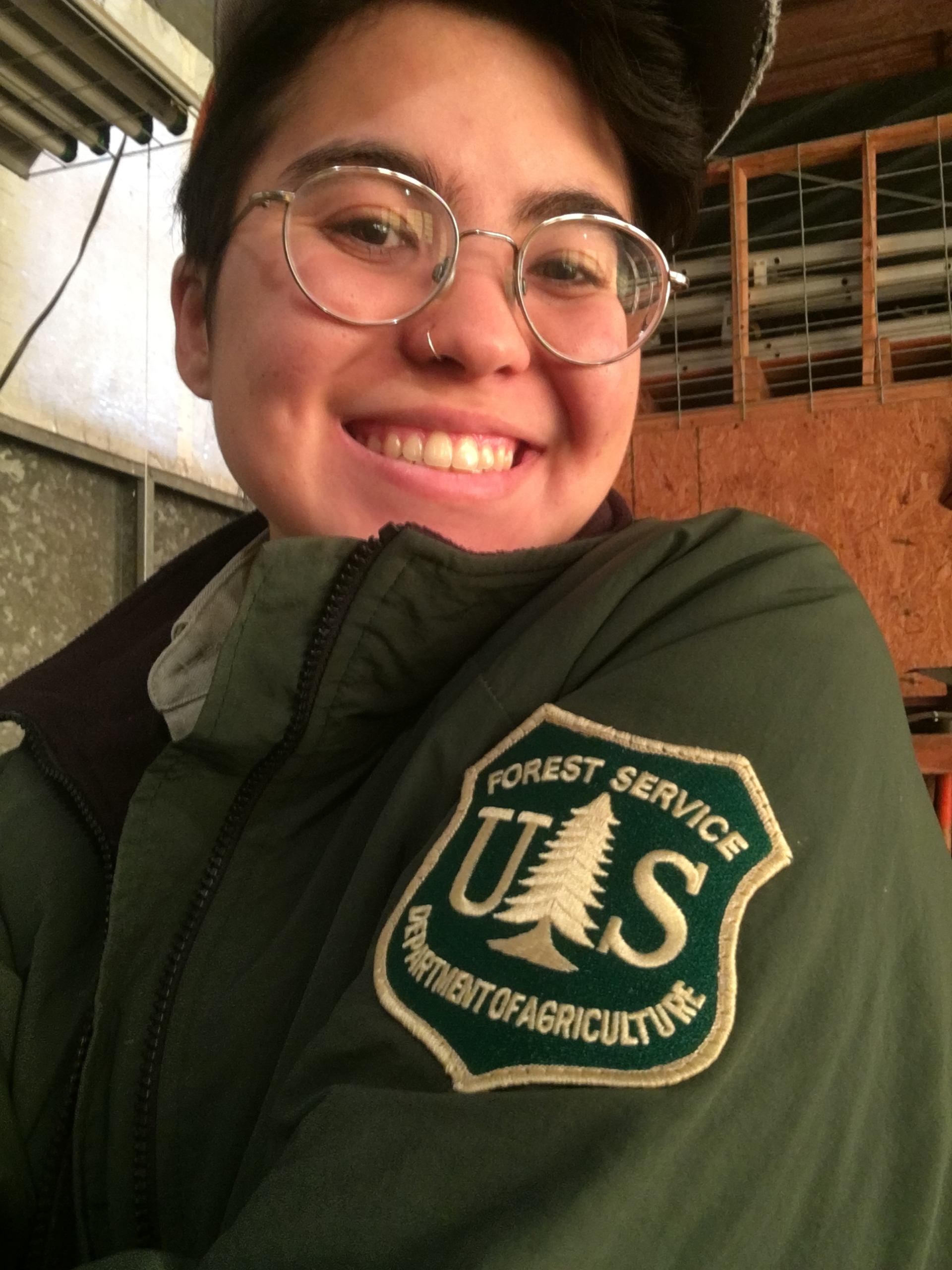
By Sydni Dobson
Meet Kristiana (Ana) Petrie, a Resource Assistants Program (RAP) intern through The Corps Network.
RAP is a USDA Forest Service program that provides a rigorous and immersive internship experience for those interested in career opportunities with land management agencies. Resource Assistants (RAs) are recruited by partner organizations – such as The Corps Network and our member Corps – and work under the supervision of Forest Service staff to accomplish mission-critical work. Ana currently serves in Region 9 at the Shawnee National Forest in Harrisburg, Illinois.
Prior to joining RAP in September 2020, Ana was studying Environmental Science and Biology at Colby College in Maine. Born in Japan, Ana moved to the U.S. in the second grade to live with her father. Splitting her summers between Japan and the U.S., Ana would spend the first half of the summer camping with her father, which fostered her interest for the outdoors and increased her love for plants, animals, and natural habitats.
Ana knew at an early age that being outdoors and working with the environment was something she wanted to be a part of. After receiving her degree in Environmental Science and Biology from Colby College, Ana began searching for jobs in conservation and applied for a RAP position with the Forest Service. After four months in the program, Ana is grateful for all the people she meets daily and enjoys her role as a Trails Resource Assistant. Read more about Ana’s experience so far with RAP.
Q: What interested you in joining RAP?
A: I graduated college this May and was looking for jobs, which was a bit tough with everything happening. I was looking at all kinds of job boards and came across the RAP program on the Texas A&M Wildlife Environmental Science posting. I saw openings for a trail and plant nursery position.
What drew me to this position is that I’ve done trail work before in a past summer internship. So, I would be down to try trails again and I’m always looking for jobs that are outside and field focused, because I don’t really like sitting in an office or in front of a computer all day. It kind of makes me sad if I’m not outside. I was also drawn to the position being through the National Forest system. I never worked for them before but thought that it would be such a cool opportunity.
Q: How has your experience been so far in RAP? Can you describe an average day in your current role?
A: I’ve been having a lot of fun so far. It’s slowed down a bit now because it’s winter; before winter, we would meet at the office and do computer work – emailing and things like that. For me, that meant I would email and shadow other departments. I would try to figure out different trainings I could do online; I knew that I’d be spending more time inside in the winter and I didn’t want to be bored or anything!
After about two hours of computer work, we’d head over to the Eddyville Base, which is a trail crew base. We’d pack up, get tools ready, and assemble whatever other materials we’d need for the project. The projects range from cutting away a dead tree that’s been on the trail, to making crush – a homemade gravel made from large rocks found on the trail.
We focus a lot on horseback riders, not just hikers. There’s a horse culture here, so when it comes to trail work, we focus on what’s best for both people and horses. For example, steps on a trail may be suitable for a hiker, but for the horse they can be really dangerous. So, we kind of have to think about what’s best and where we should put down more gravel to ensure that everyone has a comfortable hike.
We work with gravel a lot; it’s one of the main things that really helps with muddy areas. For us, there are a lot of trails and not many people working on the trails, so there are a lot of problems with drainage. A lot of it is trying to figure and solve the trails out.
And we also make signs – that’s a big one. Especially now that it’s winter. We’re doing a lot more sign-making and replacing old signs that might cause any confusion amongst hikers.
Q: Which project have you enjoyed taking part in the most?
A: I really enjoyed gravel hauling. I learned how to ride a Canycom. It’s similar to a big, mechanized bucket. I’ve never rode one before, nor operated a machine that big. It was really cool and fun! On that day, we worked with one of our partners’ horse groups. It was nice to meet other people and hear feedback from them. We were able to learn more about horse riding from their point of view, so it was interesting to hear more insight on what the trails may need. It was cool to work with other people and know that what we’re doing directly impacts the people that we meet.
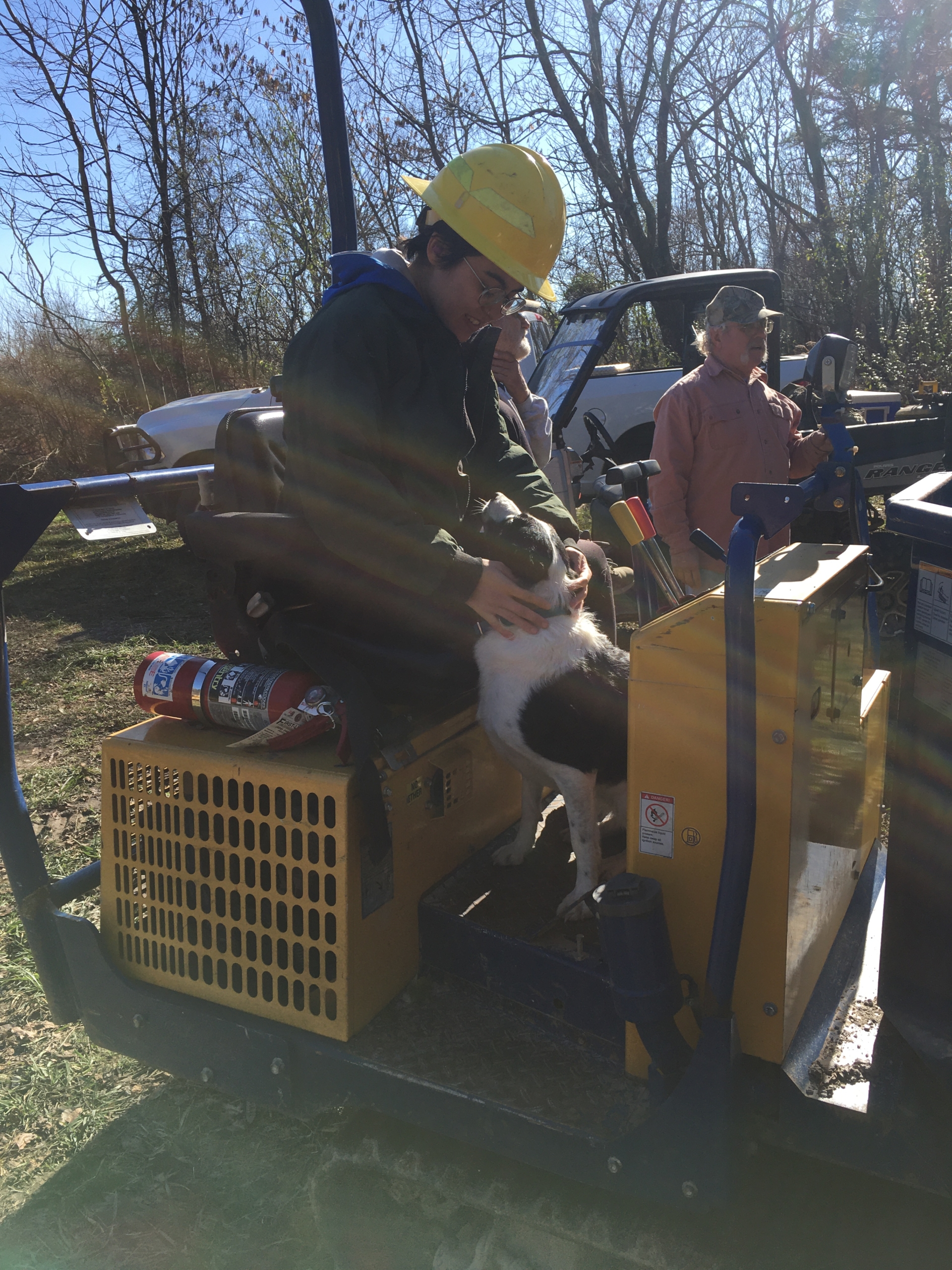
Q: What are some of the challenges of the program?
A: Sometimes my challenge is that I physically have to do things in a different way from other people. I’m 5’2” and very petite, so someone might show me how to do things a certain way, but then when I try to do it – it doesn’t quite work. So, instead of stopping and getting frustrated or letting the other person do it – I try to find a way that works best for me. So that’s kind of been a problem, finding my own solution to learning new things while trying to be creative and resourceful.
I just completed my chainsaw certification. I took the class and received the certification – but now I have to put in hours to get better handling it. We had our field day to do the certification, and I never touched a chain aw before and didn’t realize how heavy it would be to work with it all day. I think that’s also a challenge that I’d like to work on – getting better with the chainsaw. Especially, since I know we’re going to have to cut down dead trees because it’s hazard tree season. I really want to get better at that, because I’m really bad at it now.
Q: Speaking of certifications, have you gained any other skills or certifications?
A: This is kind of random, but I have my special uses certification, because I was shadowing a special uses intern. Special uses are companies or larger organizations borrowing Forest Service lands – it’s like land permits. I did that certification and completed a defensive driving course.
Q: Have you learned anything about yourself?
A: I’ve always known I liked to be outside, but being able to do it full-time after college, knowing this is my day-to-day, instead of just for the summer and I have to return to school, reaffirms that this is what I want to do. I want to be outside.
I think I learned that if I were to work for the Forest Service again, I would definitely do trails. I’ve shadowed other departments and it’s been a lot of fun to shadow, but the trails system keeps making me come back. You get to meet people and hikers. Usually, everyone you meet is really nice and they’re always like, “Thank you for your work. Thanks for working on trails!” It’s a really great way to learn about the forest. I feel like I’ve went to so many spots in the forest where I can tell hikers, “You should try this hike, and this hike or that hike!”
“The people I work with have so much knowledge and I’m figuring out that I really do like trails and it’s great. With all these opportunities and skills that I’m learning, it’s nice to know that I can do them – even if it takes me a little more time or even if I have to do it a different way. I definitely can do it.”
Q: What are your plans following the RAP internship?
A: I think after RAP in March 2021, I want to try and get back to Japan to see my mom. It’s been a while and a crazy year. I think I’m going to do that until the end of the summer, but then, maybe in September or so, I’m looking into doing the year-long program with Kupu in Hawaii or maybe an opportunity for a trails position will open with the Forest Service.
Q: What are your long-term goals?
A: I would like to go back to grad school, probably for Botany or Ethnobotany. After I do that, I would like to have a full-time position with a conservation agency. That could be with the Forest Service or Fish and Wildlife Service. I want to keep working outside and within conservation.
Q: Overall, how would you describe your experience with RAP?
A: I say that it’s a lot of fun and that it’s unpredictable. Even with doing a trail internship before, I was kind of like, “Oh, I kind of know how to do these things. I’m probably going to be doing the same things.” However, it’s been so different. Where I worked previously, we only had hikers. Here at the Shawnee, we have hikers and horseback riders. And I’ve never been around horses that much. So even though I expected to know more than I did, I definitely had so much to learn. I was surprised at how different trail work can be between places, but it makes it really fun and interesting.
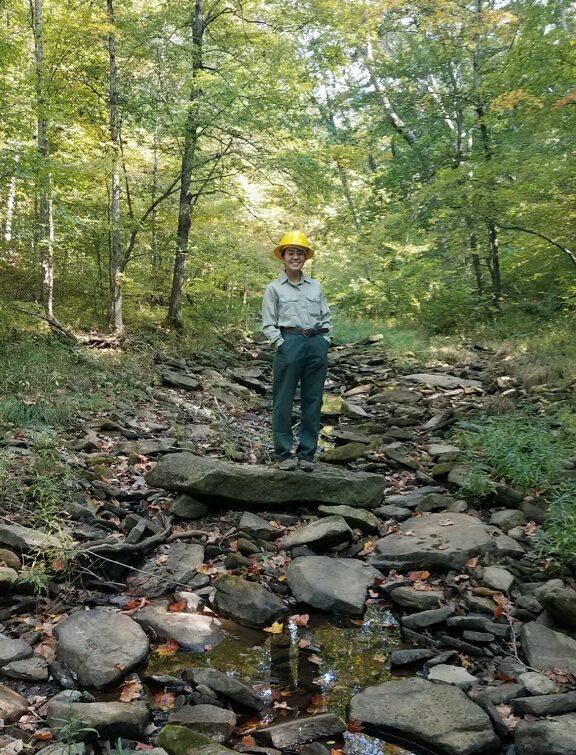
Q: What advice would you give to others who are considering a program like this?
A: I would say, if possible, reach out to the previous intern or partner organization and ask about the boring stuff like logistics, housing and things of that manner. When I reached out, I ended up getting my roommate, who is another intern, but had I not reached out, I wouldn’t have met her. So definitely reach out. I also feel like this year has been kind of weird for the program because of the pandemic; I feel like there are more ways to feel like you’re isolated. Reach out to the people that you’re working with and reach out to everyone at the forest. Email anyone you can think of to shadow and get to know them, and with that, your network becomes bigger. You feel more supported and get more connections that way, too. You feel like you’re more part of the forest, rather than just another intern passing through.
 When we initially arranged to chat with Johnathan Phillips, he ended up needing to reschedule; he had been called away on a day-long assignment out in the field. There is no such thing as a dull workday for Johnathan, a laborer at St. Marks National Wildlife Refuge in Wakulla County, FL.
When we initially arranged to chat with Johnathan Phillips, he ended up needing to reschedule; he had been called away on a day-long assignment out in the field. There is no such thing as a dull workday for Johnathan, a laborer at St. Marks National Wildlife Refuge in Wakulla County, FL.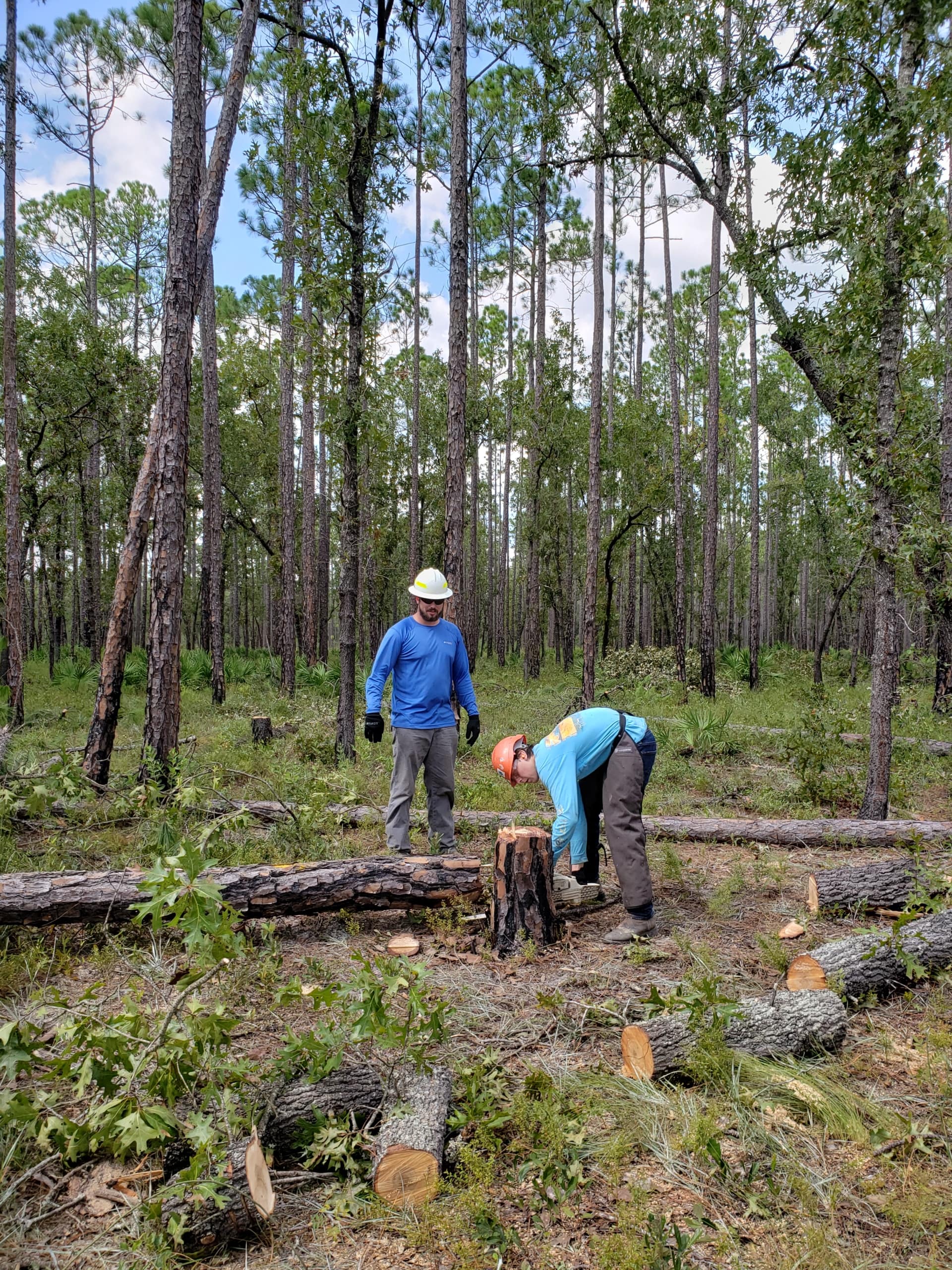
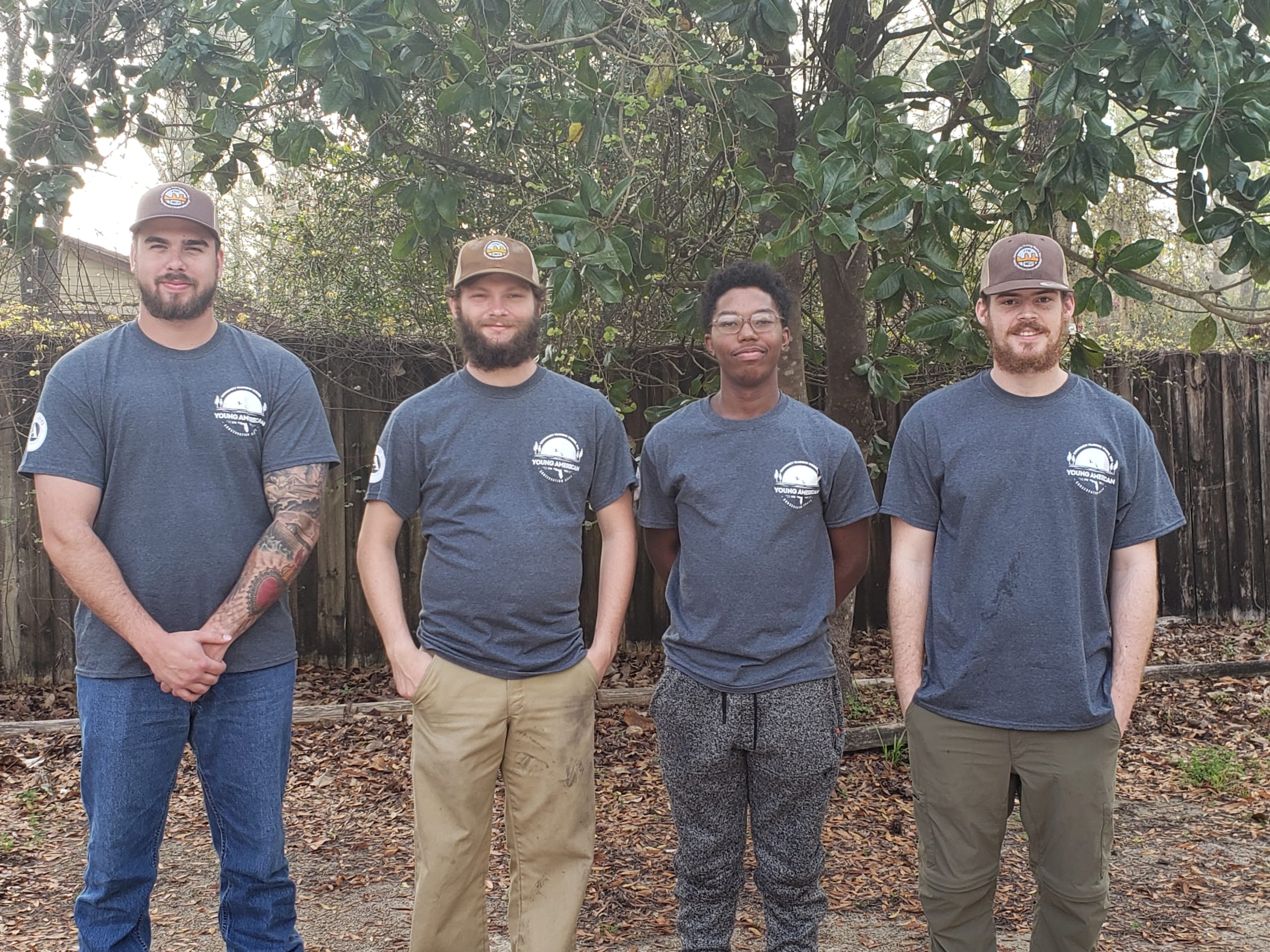

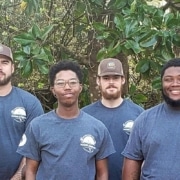
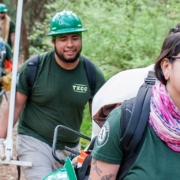


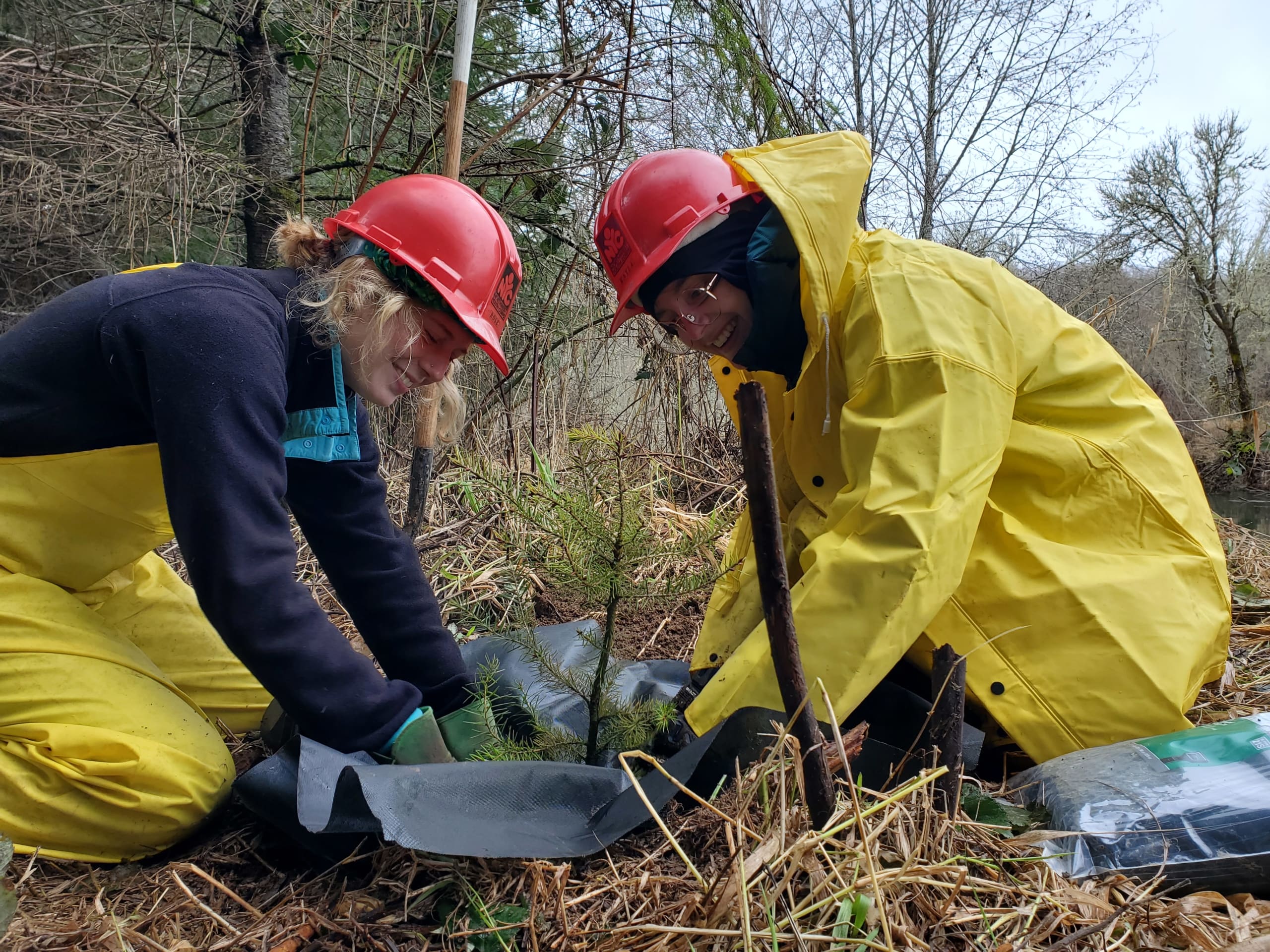
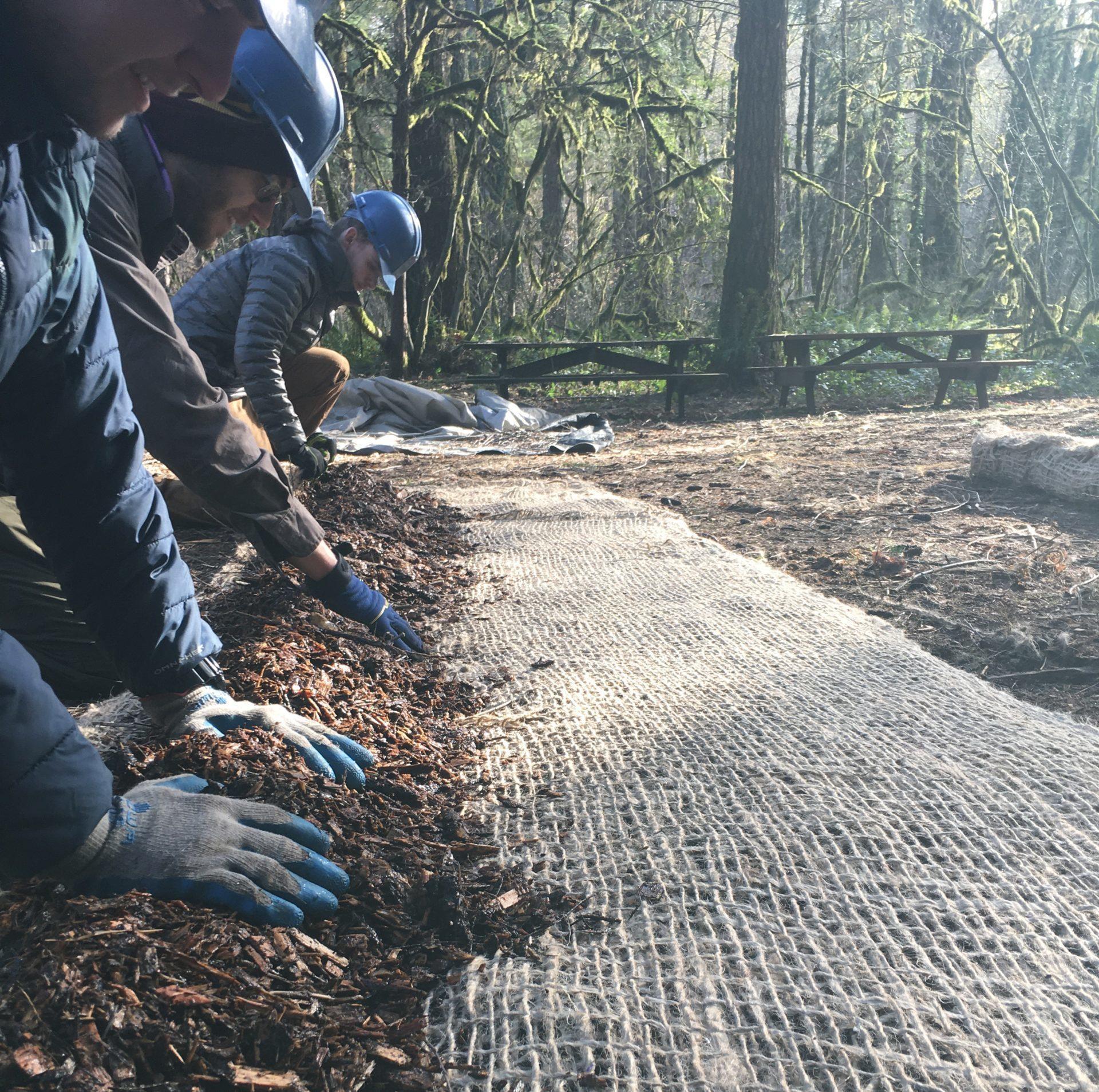


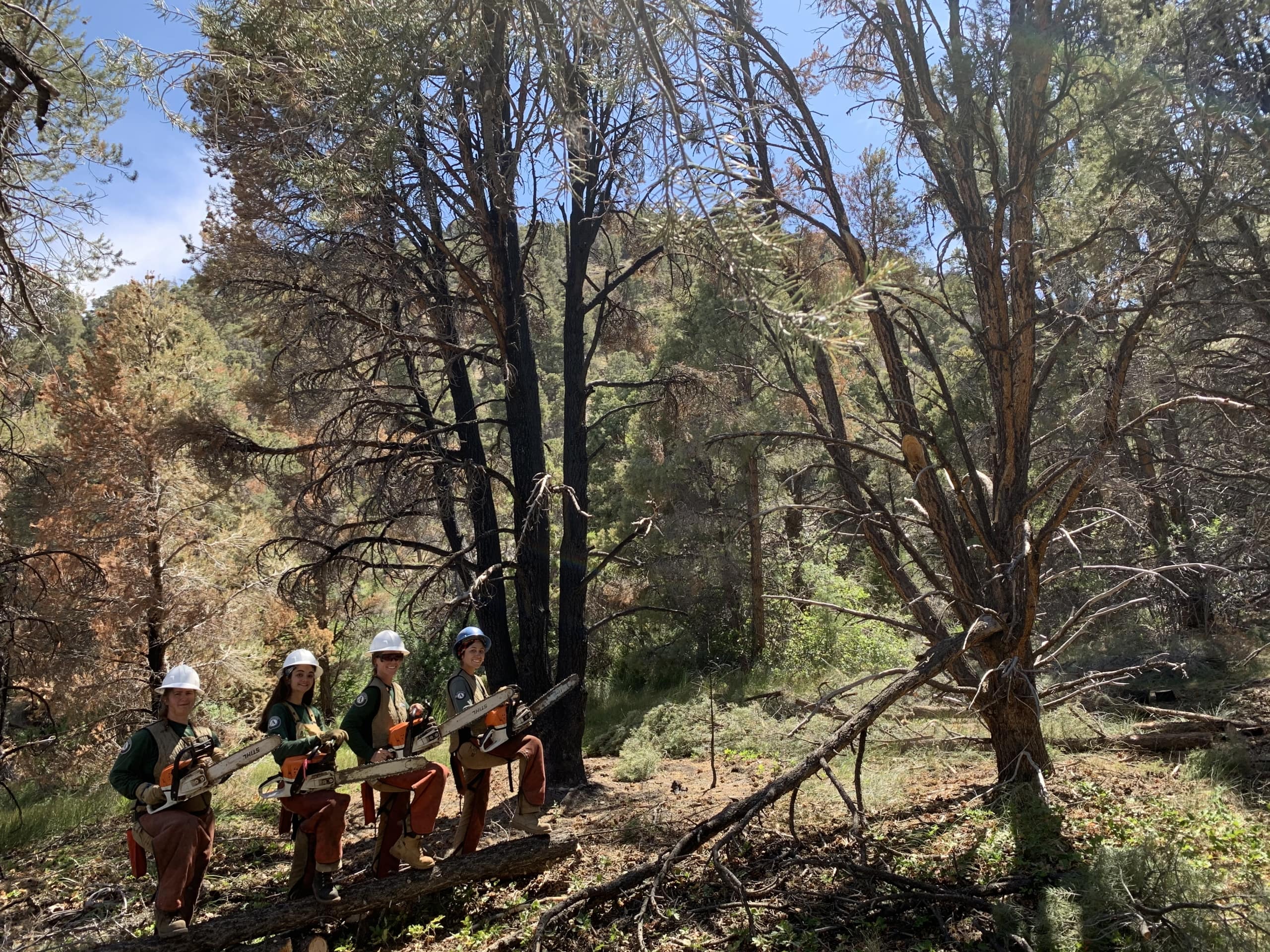
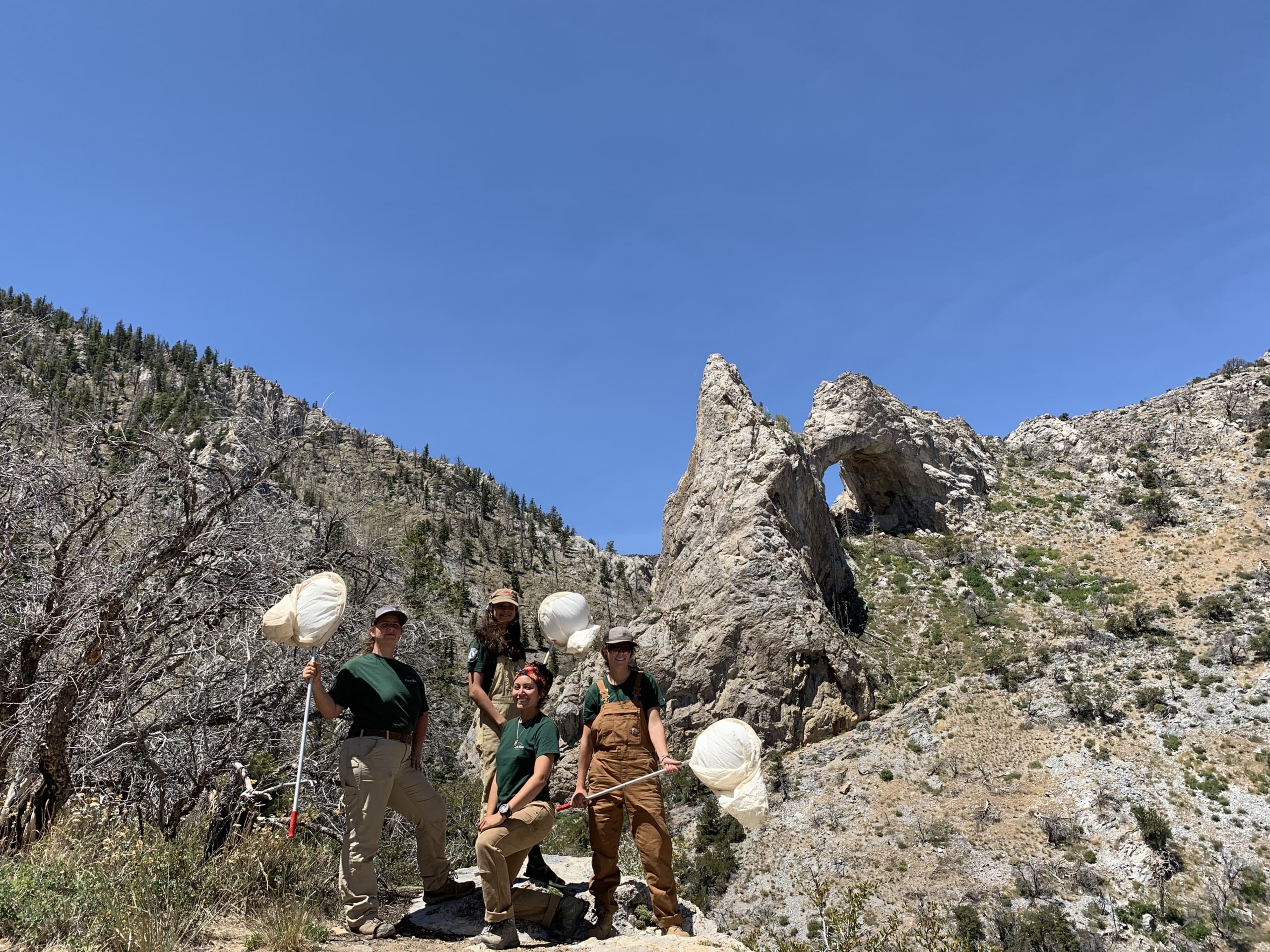
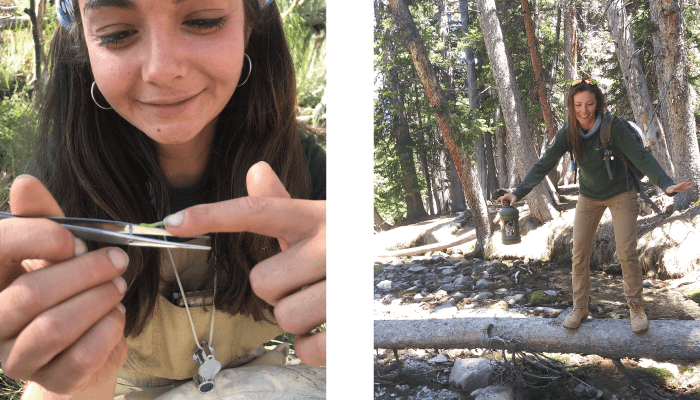
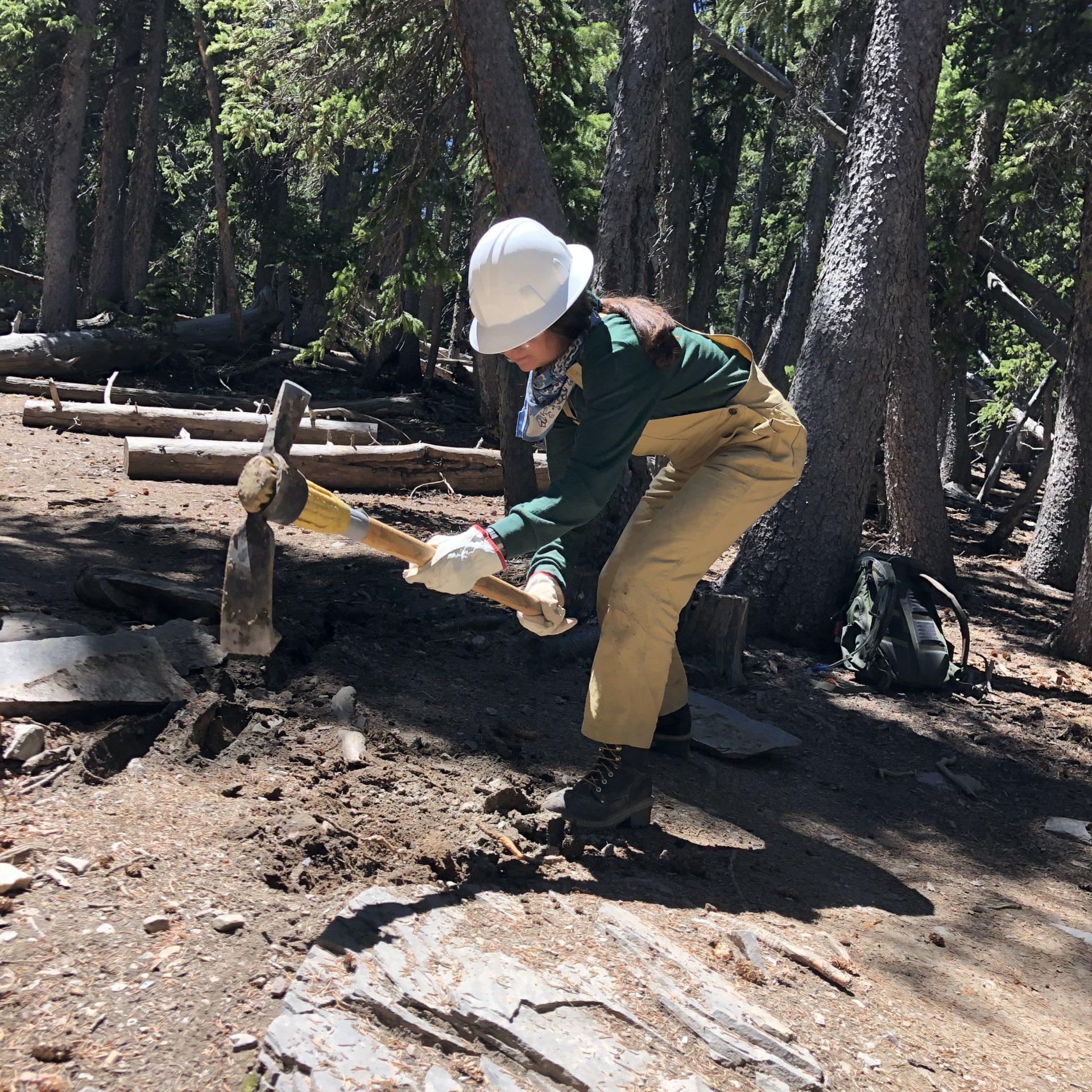
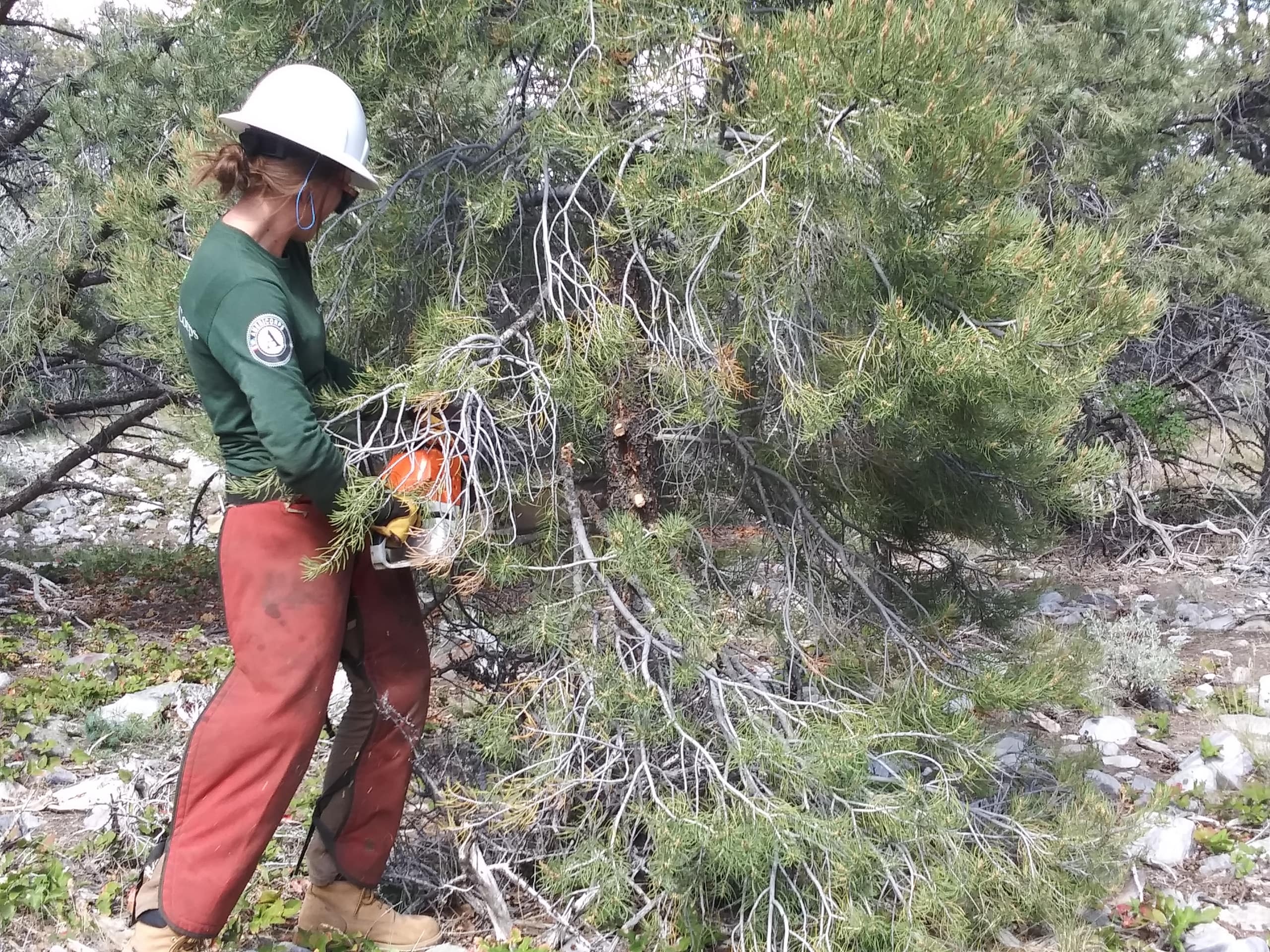

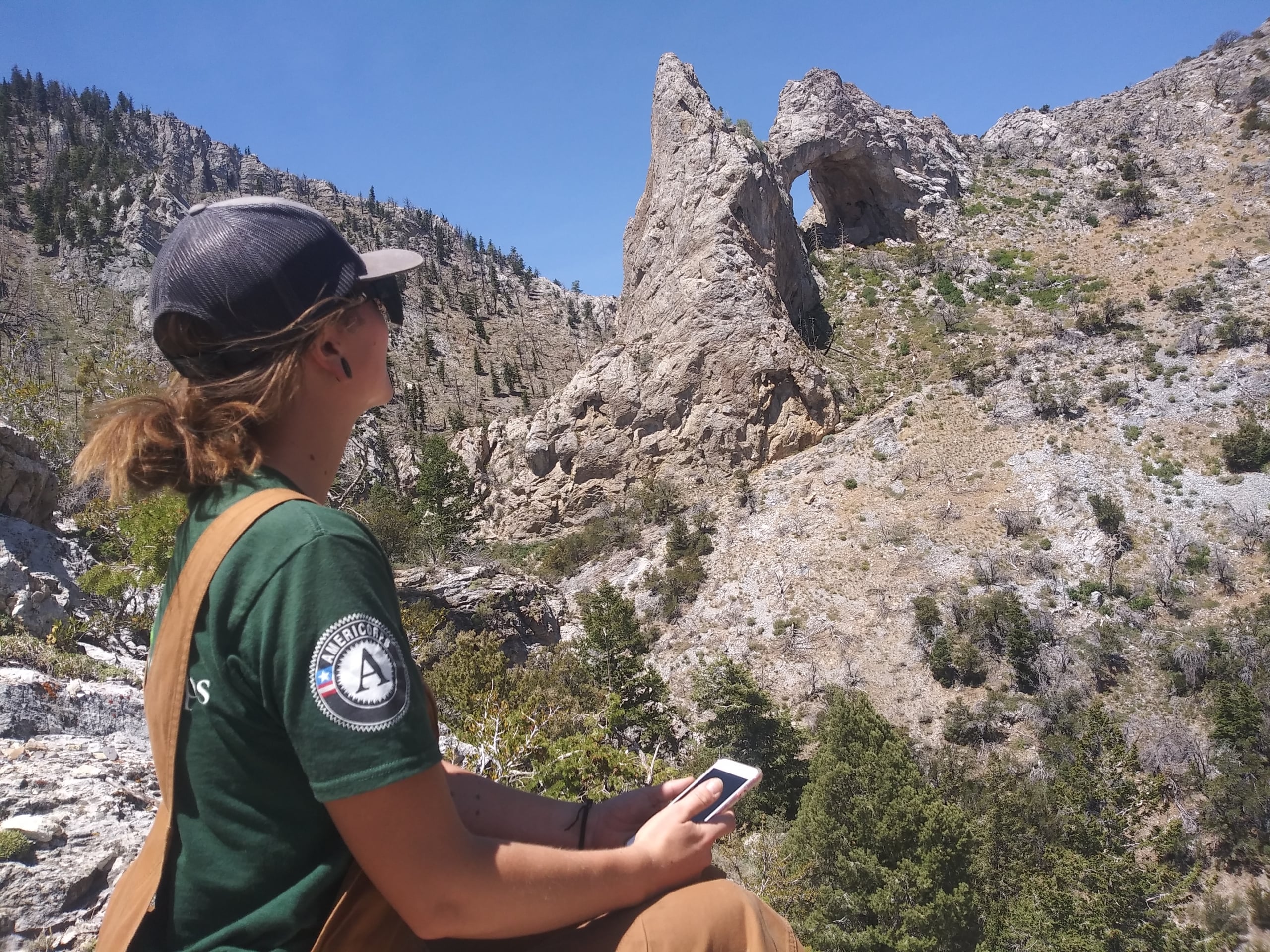
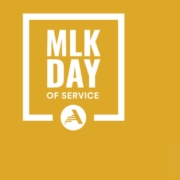

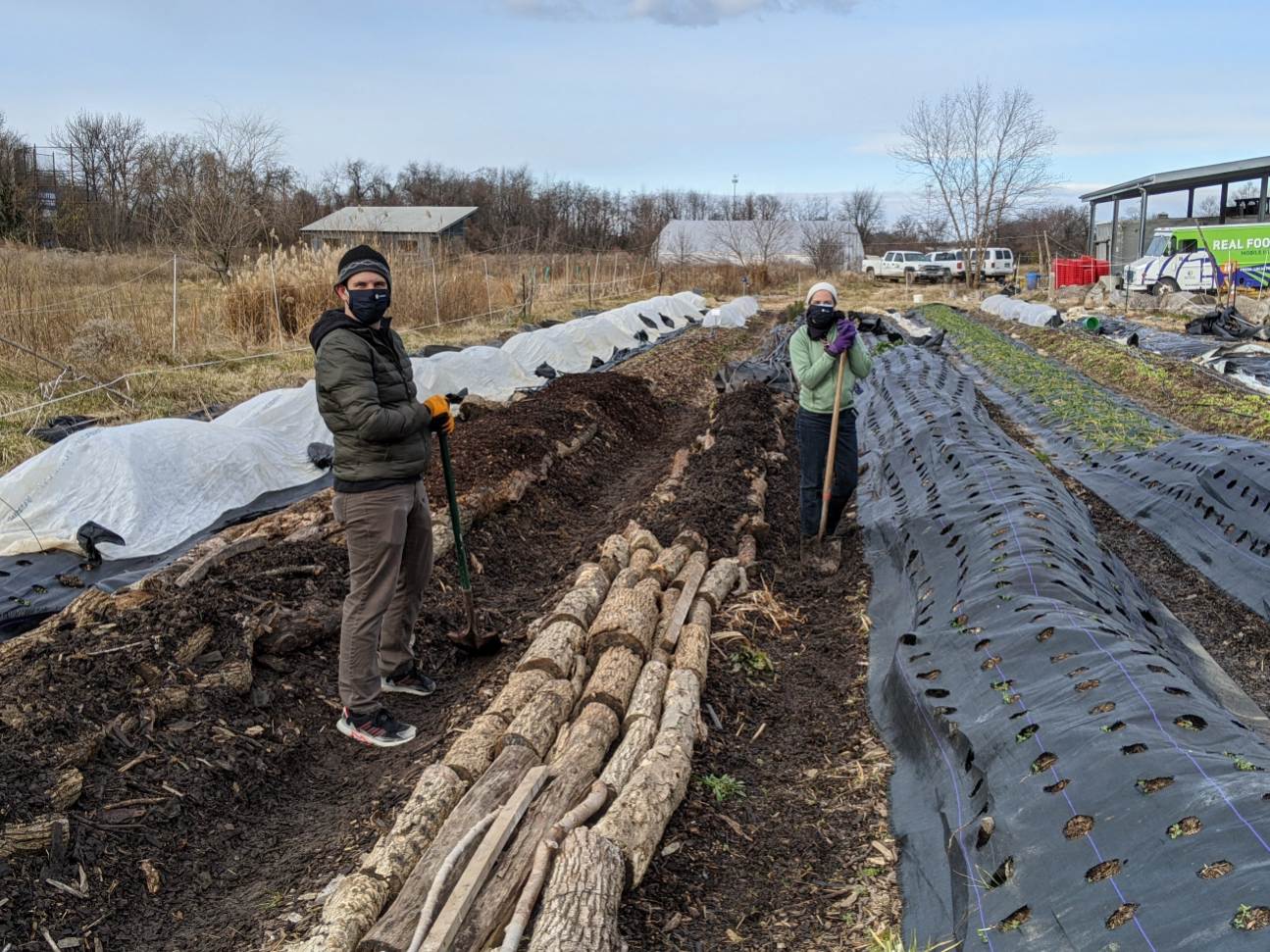
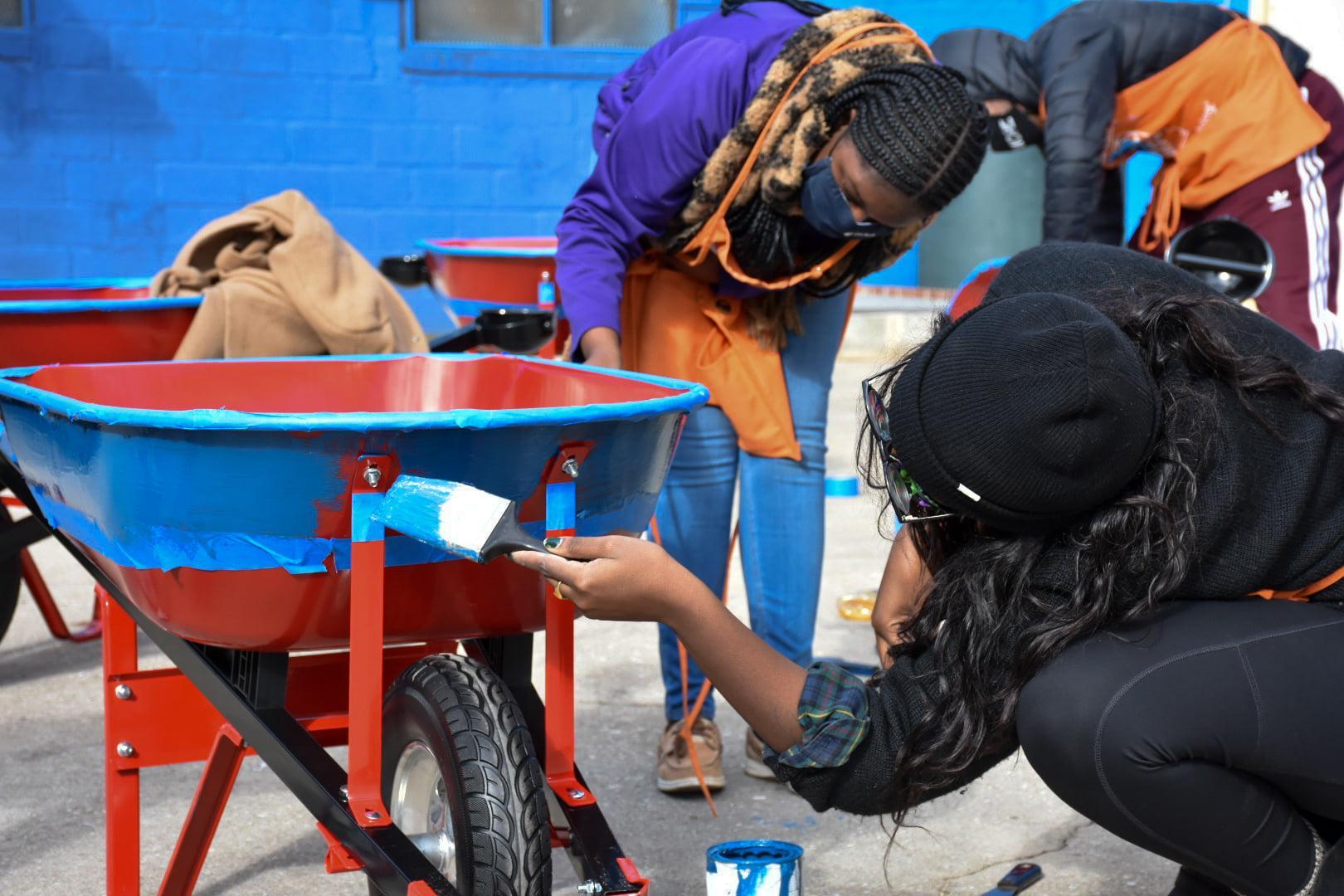

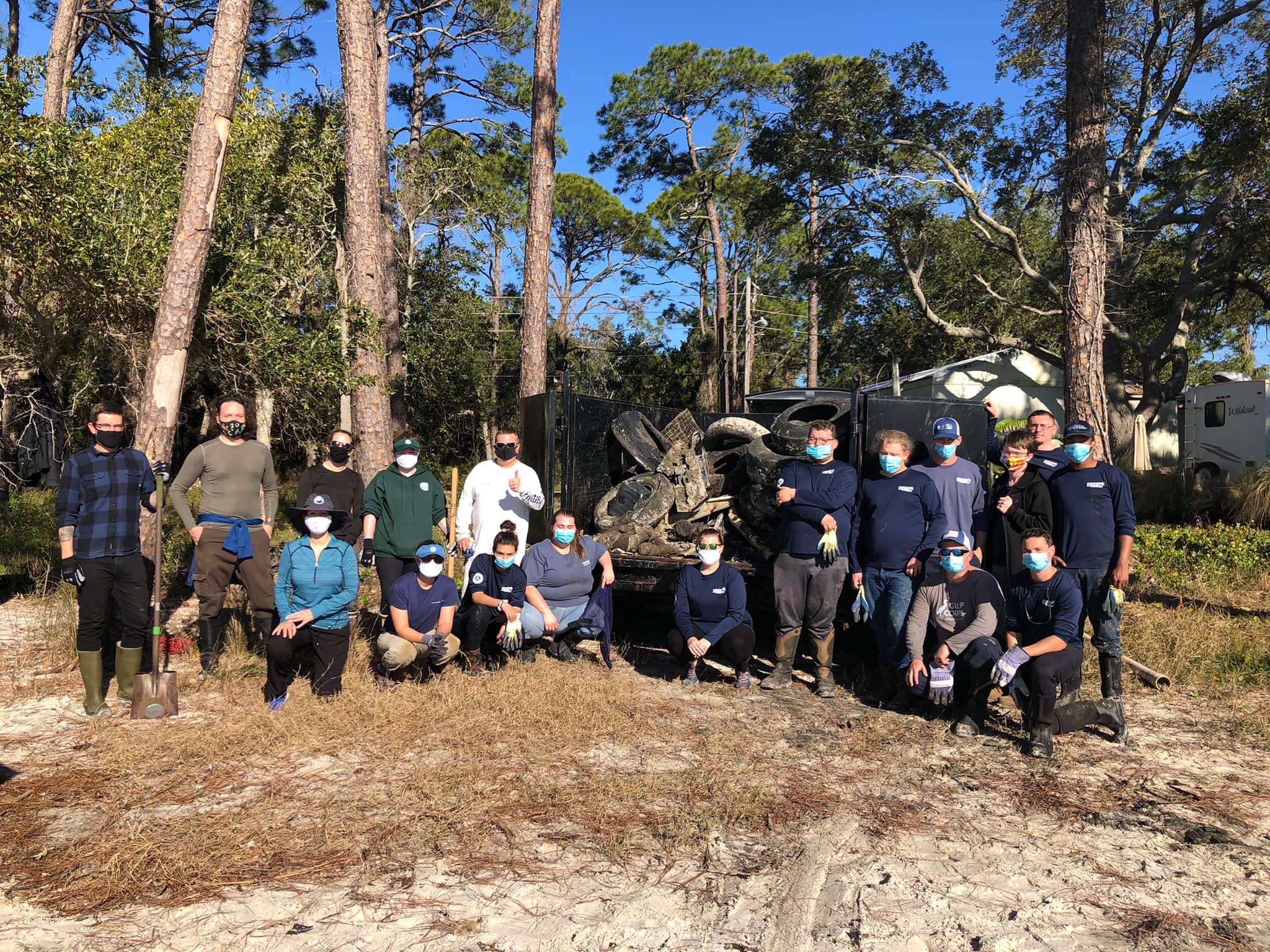
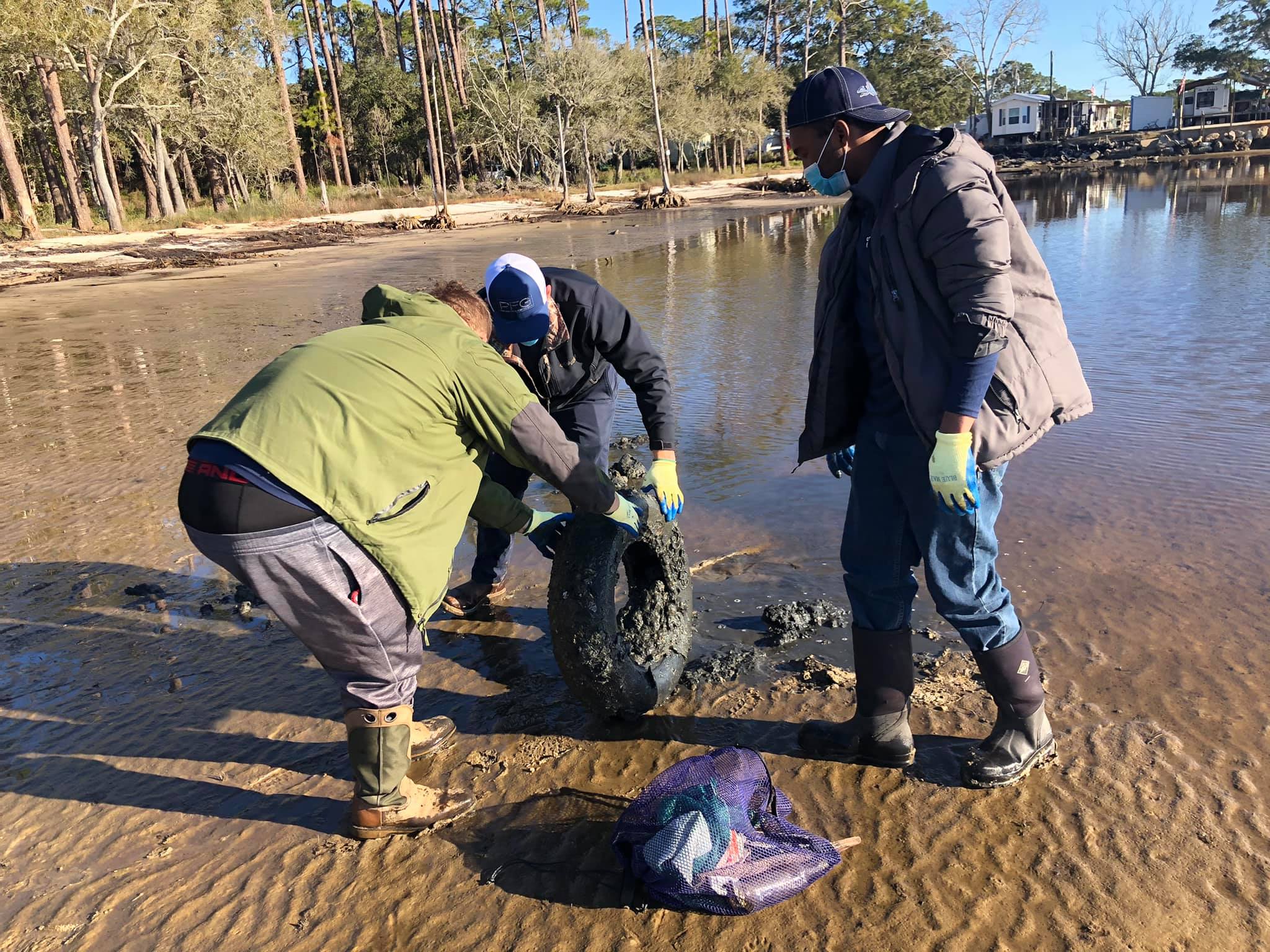 Additional photos on
Additional photos on 
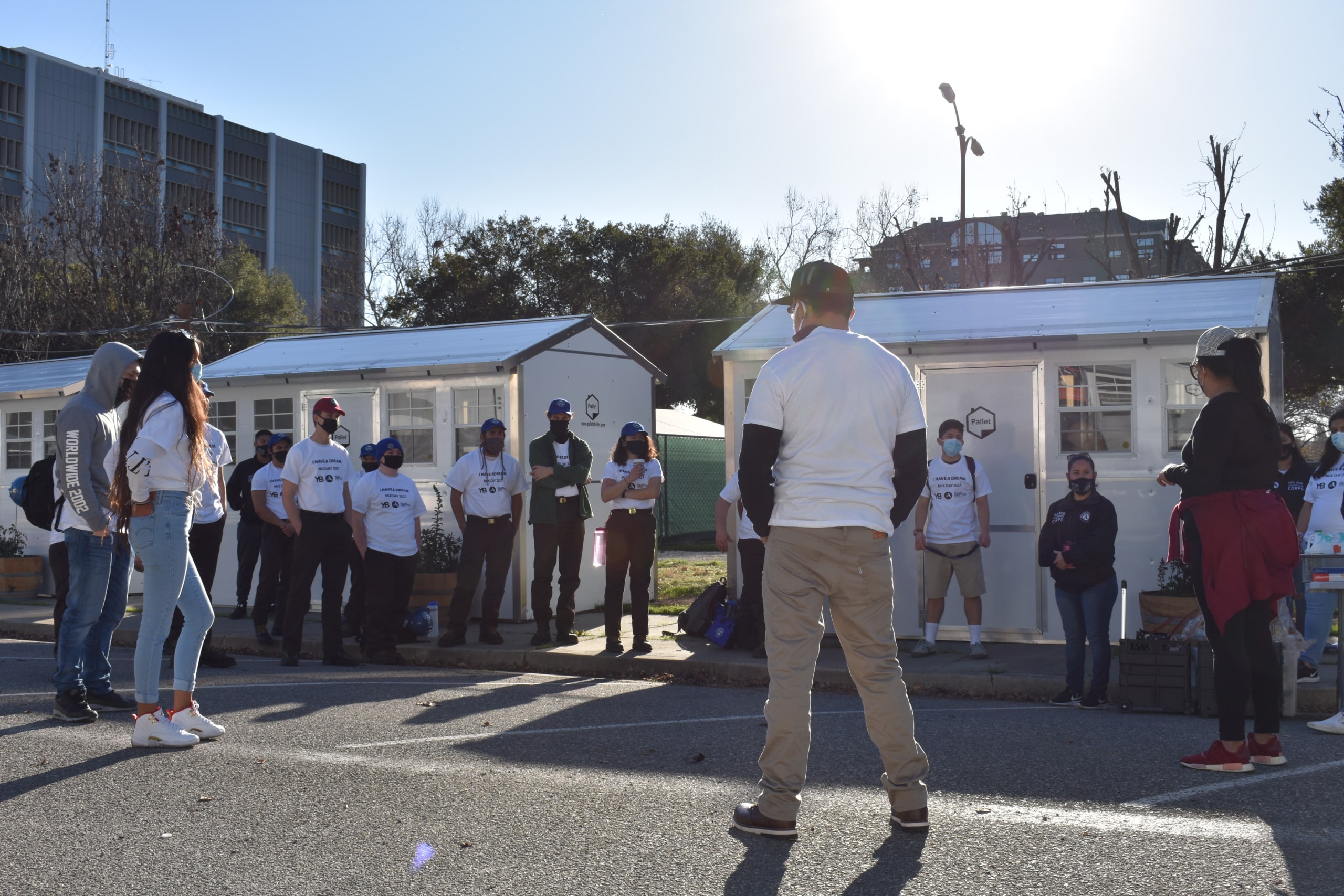
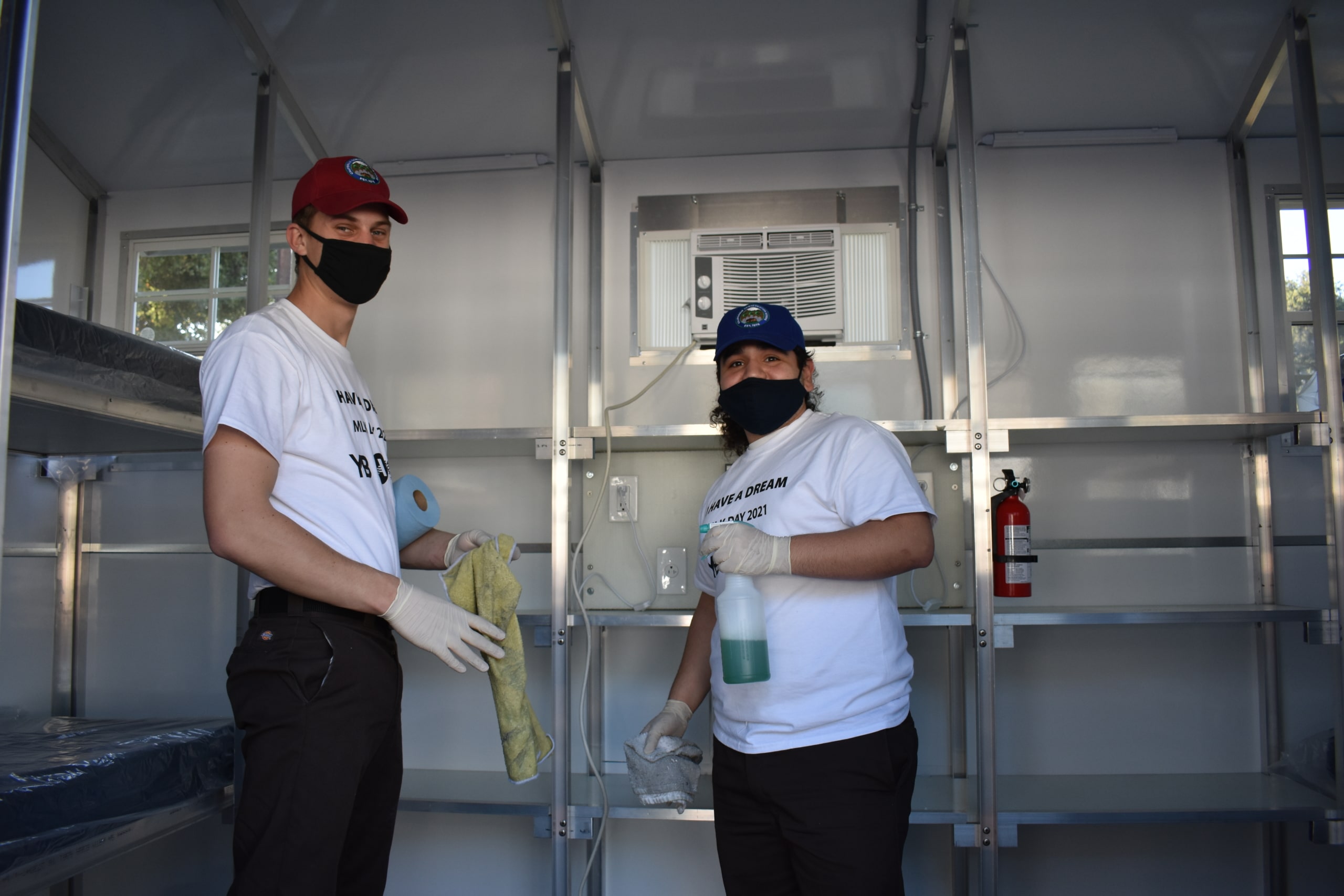
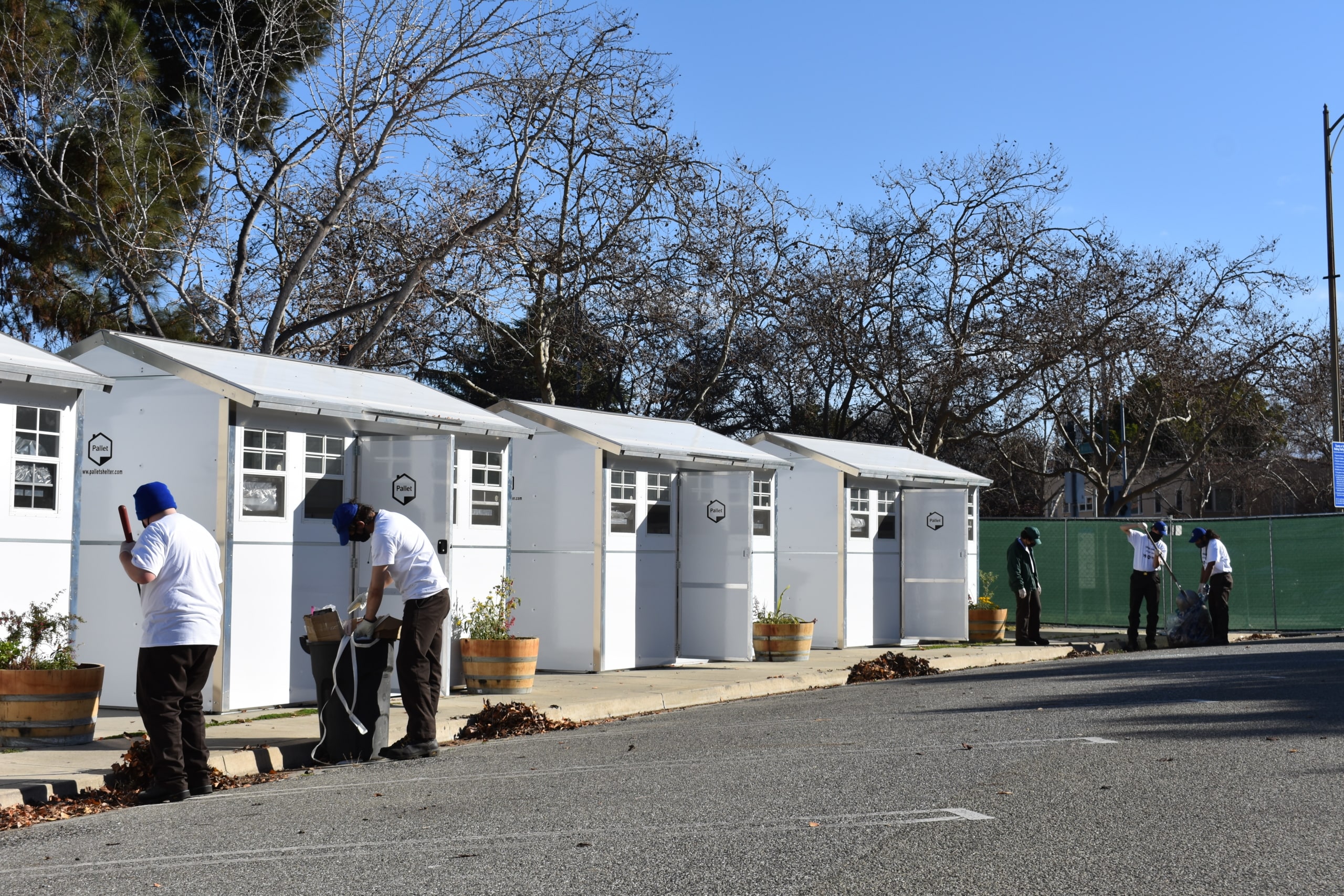
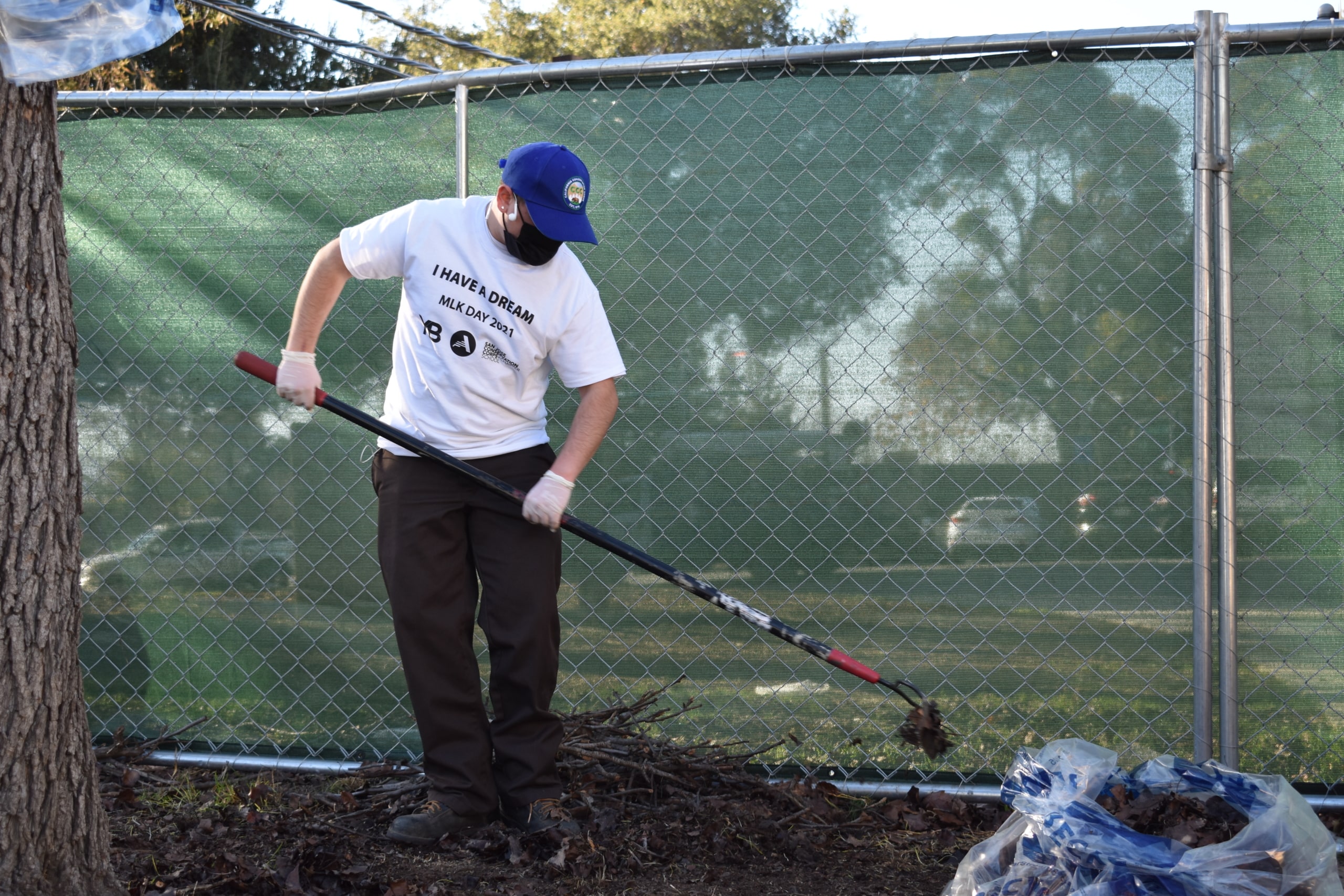
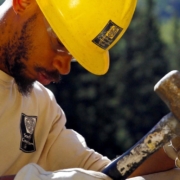

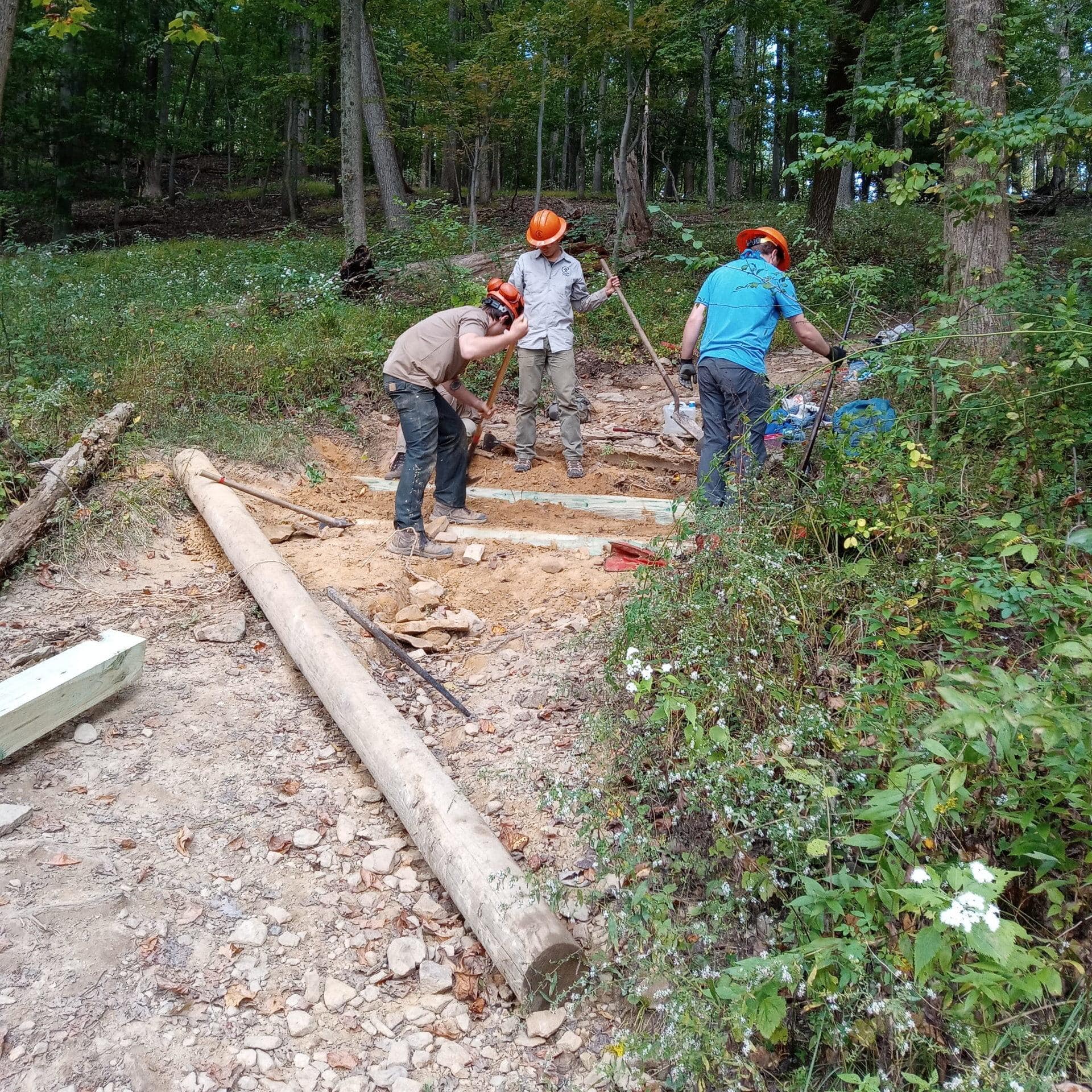
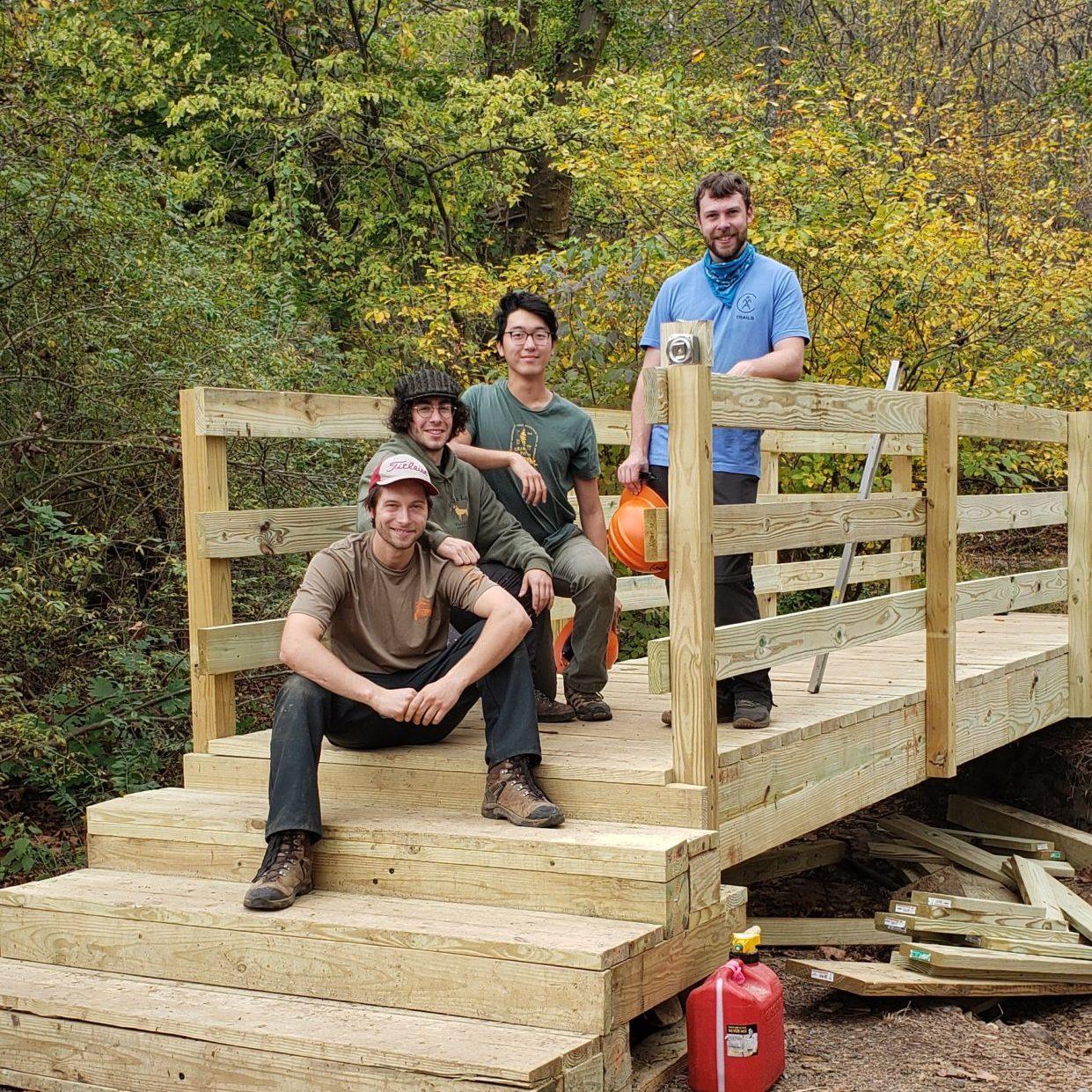
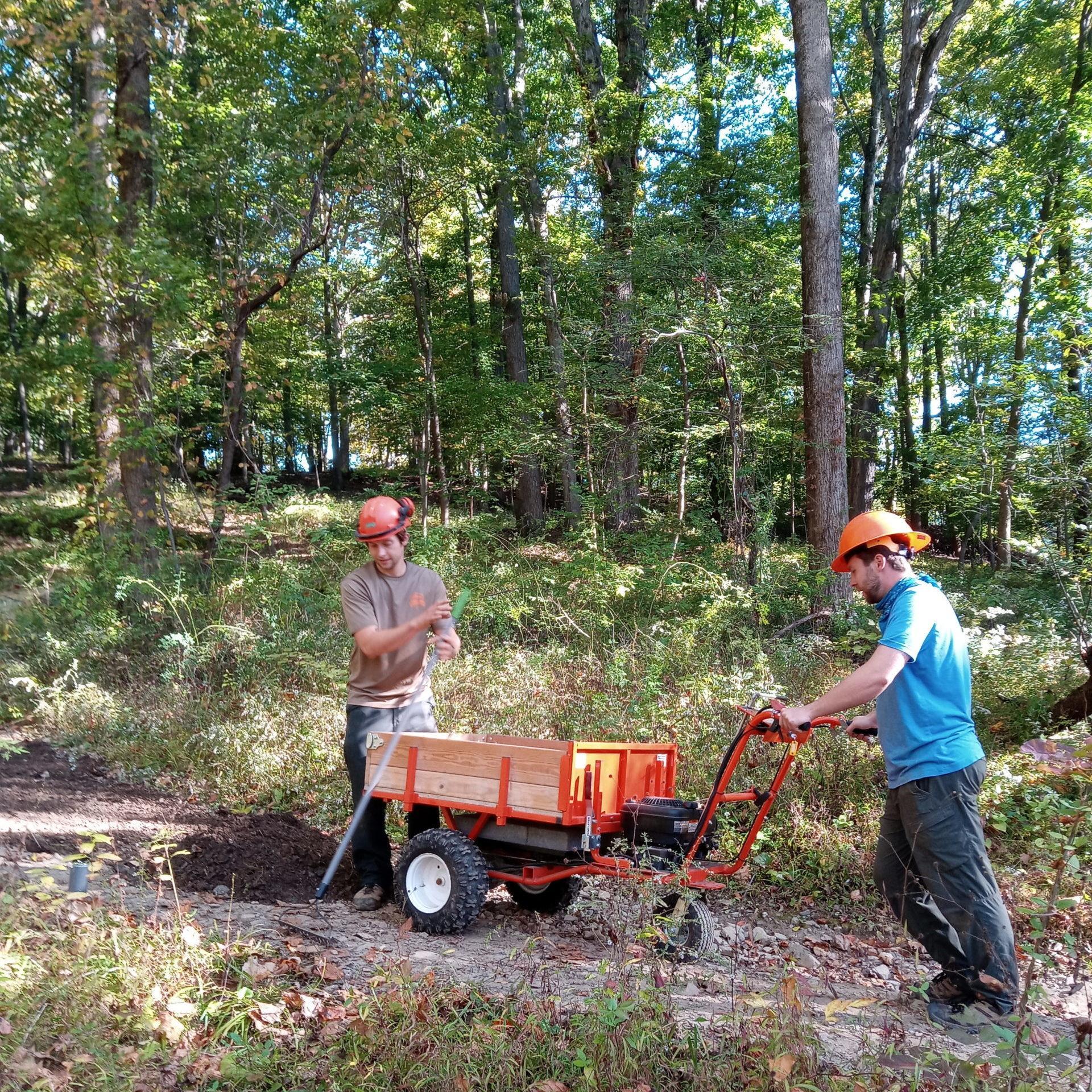
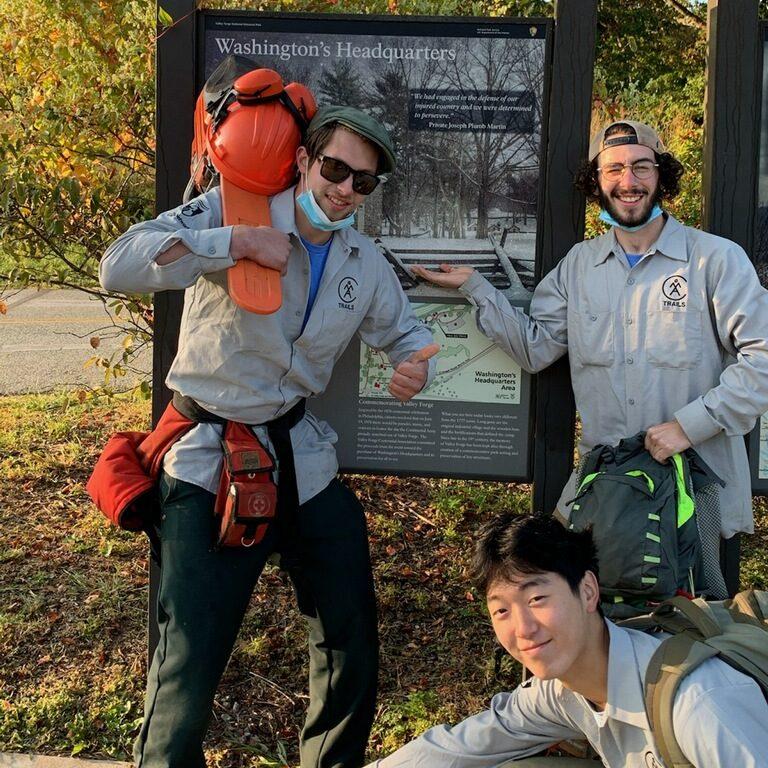




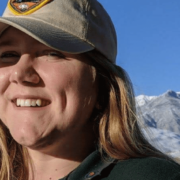
 How did you learn about the program and what interested you in joining?
How did you learn about the program and what interested you in joining?